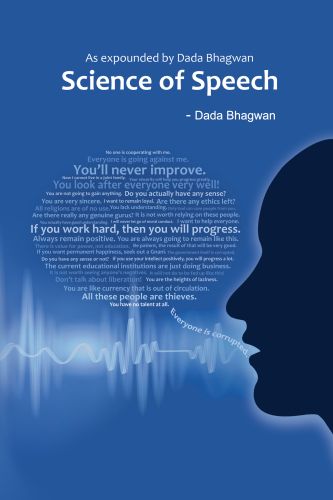Categories
- Antiques & Collectibles 13
- Architecture 36
- Art 48
- Bibles 22
- Biography & Autobiography 813
- Body, Mind & Spirit 142
- Business & Economics 28
- Children's Books 15
- Children's Fiction 12
- Computers 4
- Cooking 94
- Crafts & Hobbies 4
- Drama 346
- Education 46
- Family & Relationships 57
- Fiction 11829
- Games 19
- Gardening 17
- Health & Fitness 34
- History 1377
- House & Home 1
- Humor 147
- Juvenile Fiction 1873
- Juvenile Nonfiction 202
- Language Arts & Disciplines 88
- Law 16
- Literary Collections 686
- Literary Criticism 179
- Mathematics 13
- Medical 41
- Music 40
- Nature 179
- Non-Classifiable 1768
- Performing Arts 7
- Periodicals 1453
- Philosophy 64
- Photography 2
- Poetry 896
- Political Science 203
- Psychology 42
- Reference 154
- Religion 513
- Science 126
- Self-Help 84
- Social Science 81
- Sports & Recreation 34
- Study Aids 3
- Technology & Engineering 59
- Transportation 23
- Travel 463
- True Crime 29
Old Friends Are the Best
by: Jack Sharkey
Description:
Excerpt
It had no awareness of time, and so did not know nor concern itself with the millennia that passed since it first drew up the dissolved silicates from the shifting grey remnants of soil and arranged them inside the walls of the thousand green pods that were its body cells, and settled down to wait. Somewhere within its fragile cortex, a tiny pulse of life beat. It was a feeble pulse, to be sure, and one that a man, unless he could observe it for a thousand years without blinking, would not be aware of. As the normal human heart beats seventy-two times a minute, so did this tiny swelling of tube contract once each hundred years; fifty tireless years of contraction, then fifty soothing years of relaxation, bringing the walls of the slender tube together, then letting them ease apart.
But it was sufficient for its life.
The pallid yellow sap was moved about inside the plant, once each hundred years, and the plasm of the silicon-protected cellular structure absorbed just the needed amount, bleeding off the waste products between the very molecules of the silicon buttresses, and patiently waiting the century out till the second helping came oozing around.
And so it lay dormant, through heat that could send a man into convulsions of agony in seconds, through cold that fractional degree lower than can be achieved in a scientific laboratory. It did not know where it was, nor what it was, nor how precarious—by cosmic standards—was its chance of survival, with sap enough stored in the stiff, coarse roots for only a few more million years.
It simply was, and knew that it was, and was satisfied.
Such a tiny organism can have only the most rudimentary of memories, but it remembered. Once—Once long before, there had been ... more.
Life had been the same, but somehow fuller. When it tried to recall exactly in what this fullness lay, the memory just was not there; only a vague recollection of comfort, motion, satiation.
When the men landed upon the moon in the twentieth century, they did not find it at first. Locating it would have been comparable to stumbling upon a solitary blade of grass, imbedded in ice at the South Pole. Men came to the moon, though, and began to settle there. The first homes they knew were mere metal shacks, filled with life-giving gases of their planetary atmosphere, and devoid of all comforts save those necessary for maintenance of life.
But men have a way of rising above the status quo, and so, within half a pulsebeat of the plant, the surface of the moon became dotted with these iglooic shacks, then pressurized tunnels radiated out in a unifying network, and soon the Domes began to grow; immense translucent light-weight structures of enormous strength bubbled up on the moon, and soon cities were being built beneath them, strange towering fairyland cities on this satellite where people and architecture alike boasted six times the power possessed on Earth. The cities soared upward in glinting, stalagmitic pinnacles whose tapering ends seemed to threaten the fabric of the Domes themselves, but were in reality still far below the blue-white curving surface.
Machines lay buried now in the grey pumice that was the surface of the moon; machines that drained gases from the oxides and nitrates within the planetoid and filled the Domes for the people with the life-giving gases. And still the moon grew more Domes, and more.
And then, three motions of the tiny plant after the primal landing of men on the moon, three half-cycles later, a pulse-and-a-half—It was found.
The man who found it was an engineer, a man of high intelligence. For, building on the moon was a perilous undertaking. A man had to know stresses and strains, had to be able to read gauges that warned of vacuum pockets beneath the crust of the moon that—if broken into—could suck the life-giving gases from the metal caissons within which the men laid the foundations of new Domes....














